
OR
Cover Story
Challenges of curbing vehicle emissions
Published On: August 19, 2016 03:30 AM NPT By: Priyanka Gurung
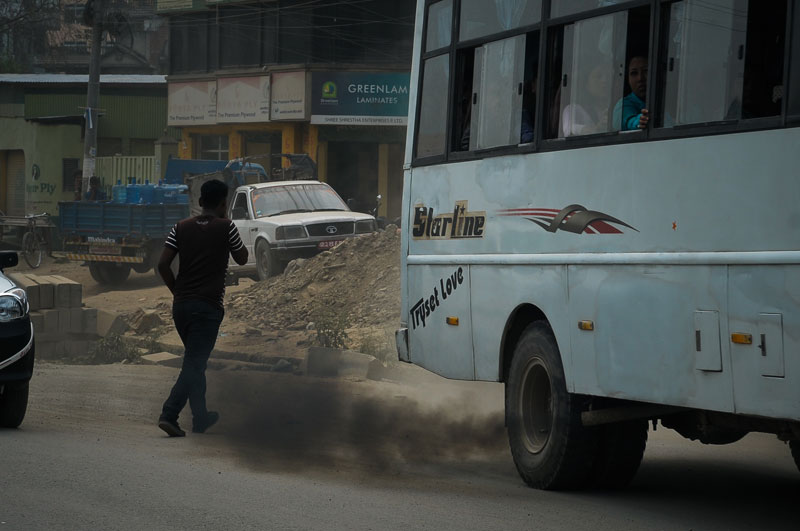
Basanta Adhikari, director and spokesperson of the Department of Transport Management (DoTM) shares his dream for his department. He wishes to have a task force especially dedicated to vehicle emission control. Ideally, he insists that he would have the designated team not only test the vehicles in a systematic manner with proper equipment but also seize polluting vehicles on the spot, if necessary. With the capital’s air quality declining at such a rapid rate, he realizes that if his department could help curb vehicle emission, it would be a significant contribution. But despite being one of the directors at the DoTM, Adhikari reveals that his hands are tied and that the current situation at his department is far from ideal.
The six years wait
A year ago, Adhikari was refuting claims of DoTM’s inefficiency to help tackle polluting vehicles with a single defense: the Vehicle Fitness Test Center (VFTC) at Teku. Back then, he assured all those naysayers that the DoTM shall be well equipped very soon as they were working on training the manpower to operate the VFTC. This was how the department was aiming to strictly regulate the green sticker policy. But a year on and Adhikari confesses that their grand plan hasn’t taken off yet. Further this time around he stops short of setting another deadline. The VFTC was gifted to them by the government of China six years ago and they still haven’t been able to operate it.
Constant changes
The DoTM has reportedly had six Director Generals (DG) in three years and the office cites these administrational changes as one of the major reasons for not being able to carry out their policies and plans.
“Each DG has had his own vision of how the department should run. For instance, our former DG didn’t see the point of VFTC so we were told to halt all work regarding that project and focus elsewhere. It ruined all of our plans. But now our current DG, Chandra Man Shrestha, has different views. He is keen to get the Teku center running again,” explains Adhikari.
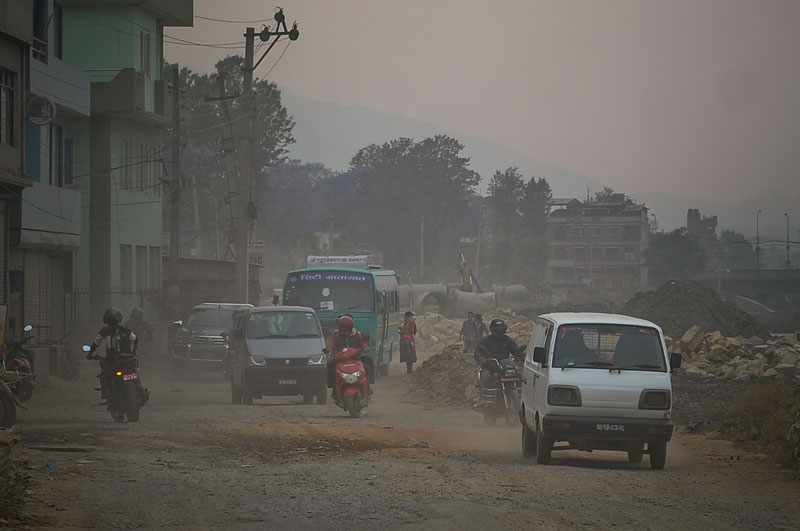
As a whole, he points out that these personnel changes have further affected the efficiency of their department. The problem is said to have plagued the Teku center as well where they are still trying to figure out a system to run the VFTC. Apparently it is proving tricky to retain officers to look after the project. Adhikari believes that better working environment, infrastructure, facilities and incentives would encourage people commit to their posts.
Doubts over their own ability
Adhikari frankly admits that the staffs at the DoTM aren’t able to function at a level that is required because not only do they lack training they also don’t have the necessary technological aid to rely on.
“There are complaints about the green stickers distribution. I can see how these grievances are valid. It’s not that we are failing to hold regular examinations. The problem lies in our lack of proper technology to carry them out. Our staffs are compelled to manually assess the condition of a vehicle so they basically kneel down, tilt their head to the left and then the right, touch a few parts and give their remarks. It’s like choosing a goat for Dashain. To a large extent, they are just assumptions,” says Adhikari.
Apparently, it’s been years since they have had a training to update themselves on the new techniques. There is an urgent need to acquaint the staffs with new techniques and technologies.
Budget issues
Despite the fact that the DoTM collects and hands over around 1300 crore rupees from various taxes and revenues to the government, the department claims that they aren’t allocated enough budget in return. So much so, they have become severally handicapped because of it. It’s not that they aren’t aware about the complaints of their poor service. Adhikari claims it’s more a matter of not being able to expand and improve because of monetary reasons.
“The road expansion projects destroyed a large chunk of the ground where we used to test the vehicles. Since we haven’t been able to find any replacements, we have no choice but to limit the number of examinations. Similarly, even if we wanted to locate and seize polluting vehicles on the spot, we don’t have enough manpower to do so,” says Adhikari.
He also shares that these issues were taken up to the government authorities by various members of the department several times but to no avail.
Lack of citizen’s concern
Those living in the capital may be suffocating under the thick smog and mini dust storms. We may also curse the vehicle emission problems of the city on regular intervals. However, officially speaking, there are no records of any kind of distress caused by the matter. Apparently the DoTM gets several calls about high public vehicle fares, harassment cases and traffic problems on a daily basis but there haven’t been any regarding vehicle emission.
“Air pollution may be a trending issue on papers and websites but here, I have yet to get any calls from the public about it. I haven’t heard any of my colleagues share a case as well. Thus you won’t find any written complaints on vehicle emission in this office. In fact, if we were to ask the Metropolitan Traffic Police Department, I doubt, they will have many either,” shares Adhikari.
He takes this lack of public’s concern as one of the reasons why the government doesn’t feel the urgency to tackle the air pollution problem. It might have also led the authorities to dismiss the DoTM from their priority list.
Adhikari explains that as we have learnt from past cases, there are many instances where the public has to pressurize the government into action. “If we had incessant complaints on matters of vehicle emissions, then we can present those as evidence that we need more budget, manpower and better infrastructure to tackle the issue. We might all be suffering but if we do so complacently, I won’t be surprised if the government continues to sideline it,” he says.
For the very purpose of collecting public’s complaints and grievances, the DoTM has the phone line 103. The department requests the members of the public to call the number and report the number plate of any vehicle that is leaving a trail of black smoke or polluting the environment in anyway. Adhikari personally guarantees that the complaint will be followed up on and the vehicle owner will be held accountable for the emission.
Awaiting results
With DoTM’s increasing number of responsibilities with other issues like route permits, license regulations, taxes, fines and such, the department admits that vehicle emissions and green sticker issues have slipped down the priority list in the recent years. But while the current DG is working on the VFTC in Teku and as they also continue to appeal for better infrastructure and trainings, they are looking forward to see reforms bought in by one of their proposals.
Almost two years ago, there were talks about 20 year old public vehicles being banned from the Kathmandu streets. While some are suspicious that the plan won’t be implemented, Adhikari assures us that the DoTM still has full intentions of enforcing the ban. As per the law, the government can’t just seize its citizen’s property. They must abide by the waiting period and that shall end in February of 2017.
“You will notice that we have got rid of all taxis that were more than 20 years old. We stopped renewing their route permits or admitting them for mandatory examinations. Thus they couldn’t drive without legal documents. This is the same course we will apply come February. It shouldn’t be a problem to enforce the ban. I only hope that the government doesn’t extend the deadline,” says Adhikari.
And according to Adhikarki, if people appeal the ban on the basis of financial difficulties and if they find some political party’s support then there is always that chance. But as far as vehicle emission is concerned, we simply cannot afford to take this matter lightly.
priyankagurungg@gmail.com
You May Like This
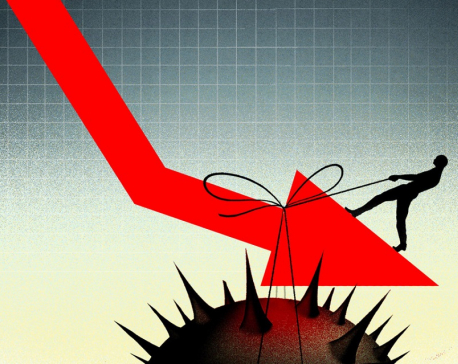
How to save the economy from the pandemic
The coronavirus pandemic has completely engulfed the world. The United States is now the epicenter of the crisis. The worldwide... Read More...

Infographics: Middle East-Main Challenges and Risks in 2018
Middle East-Main Challenges and Risks in 2018 ... Read More...

Challenges galore before constitution implementation: Rana
KATHMANDU, Sept 30: Chairman of Rastriya Prajatantra Party, Pashupati Shumsher Rana, said the major challenges before the country for the... Read More...

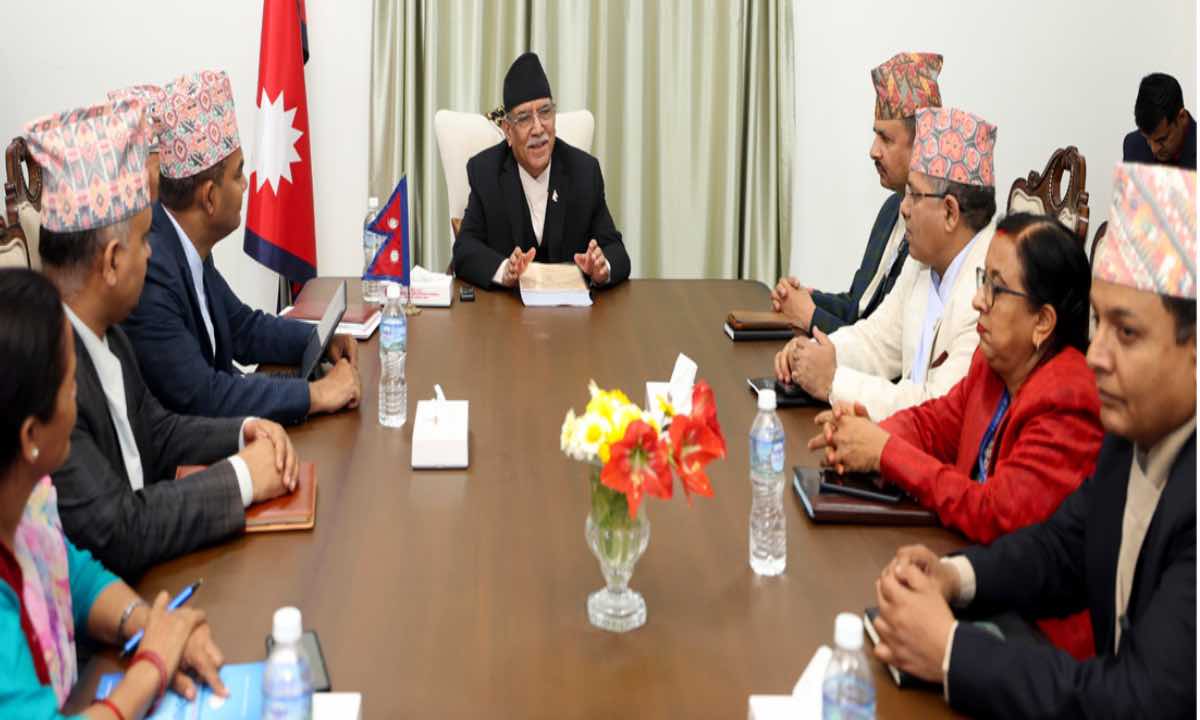
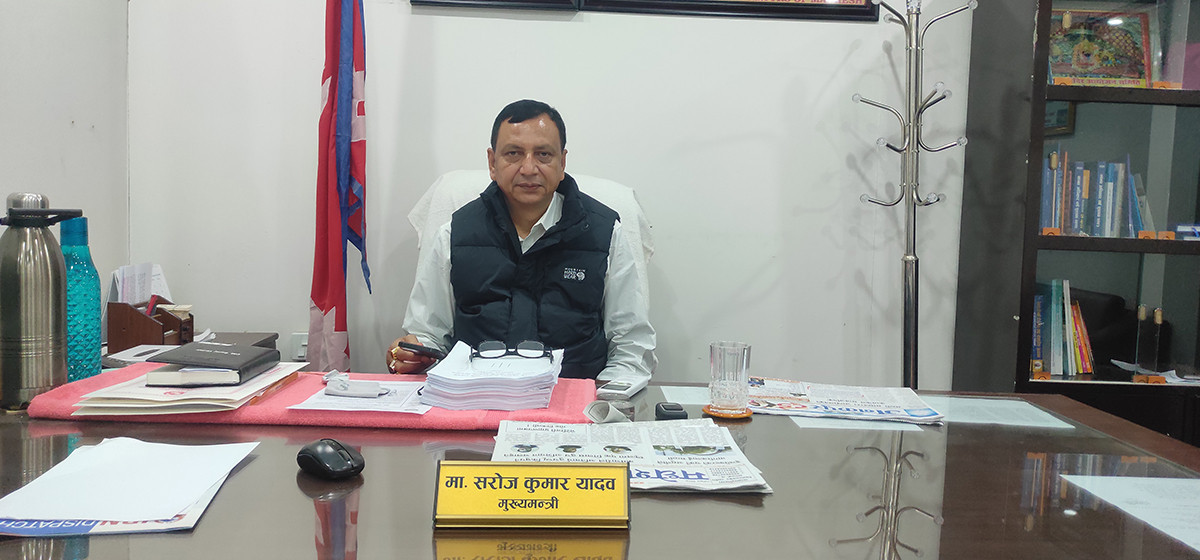

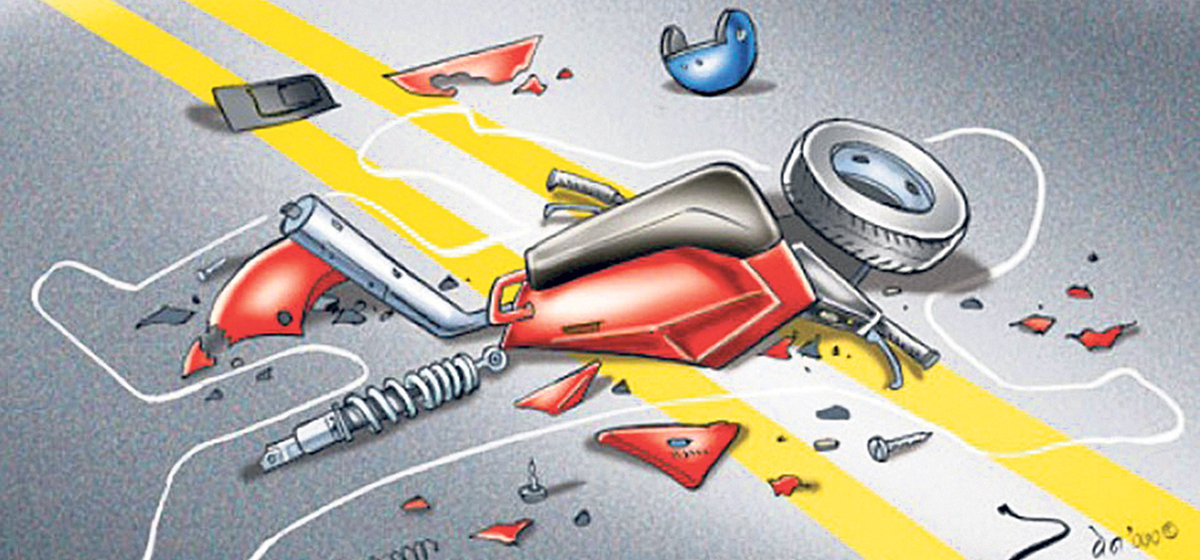
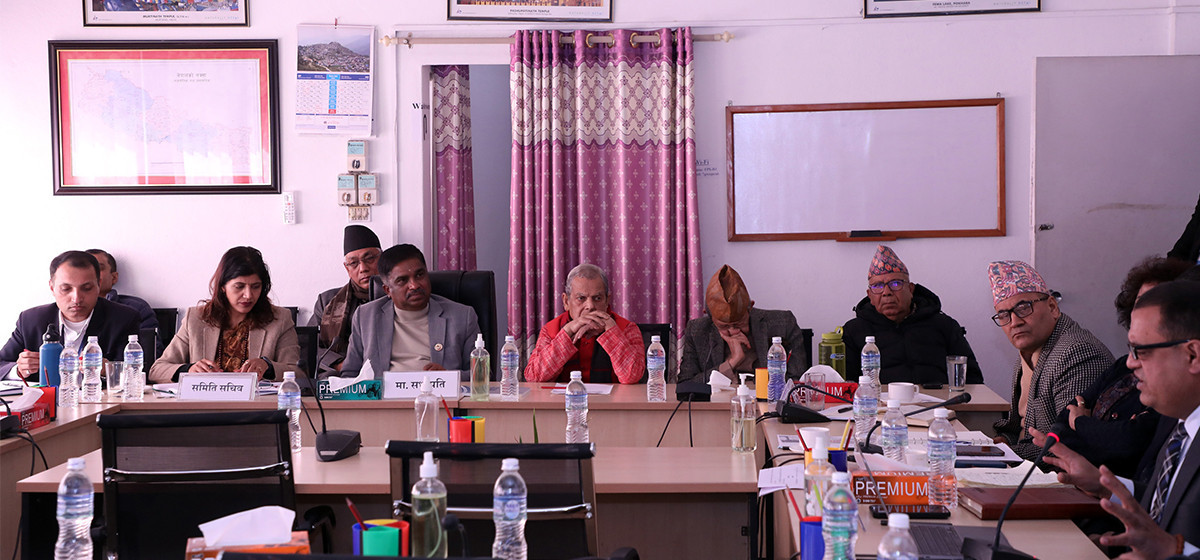
Just In
- Revised report on job specification submitted to PM
- Home ministry recommends Joshi and Dhakal for promotion to AIG
- Madhesh CM Yadav to seek vote of confidence today
- Gold price increases by Rs 1,700 per tola
- KMC warns of action against those strewing construction materials on street
- National Vitamin A campaign being organized on April 18 and 19
- Two killed in separate accidents
- Seven parliamentary committees meeting today



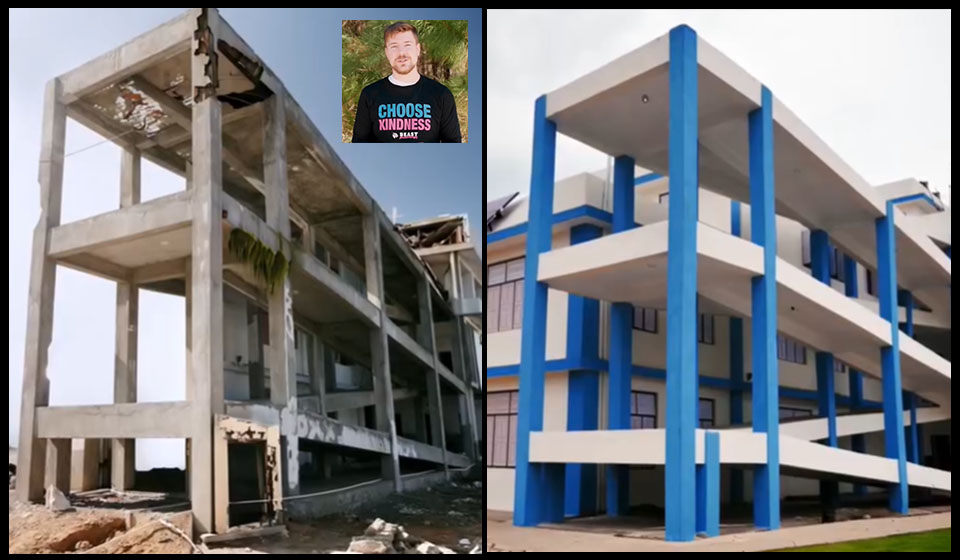


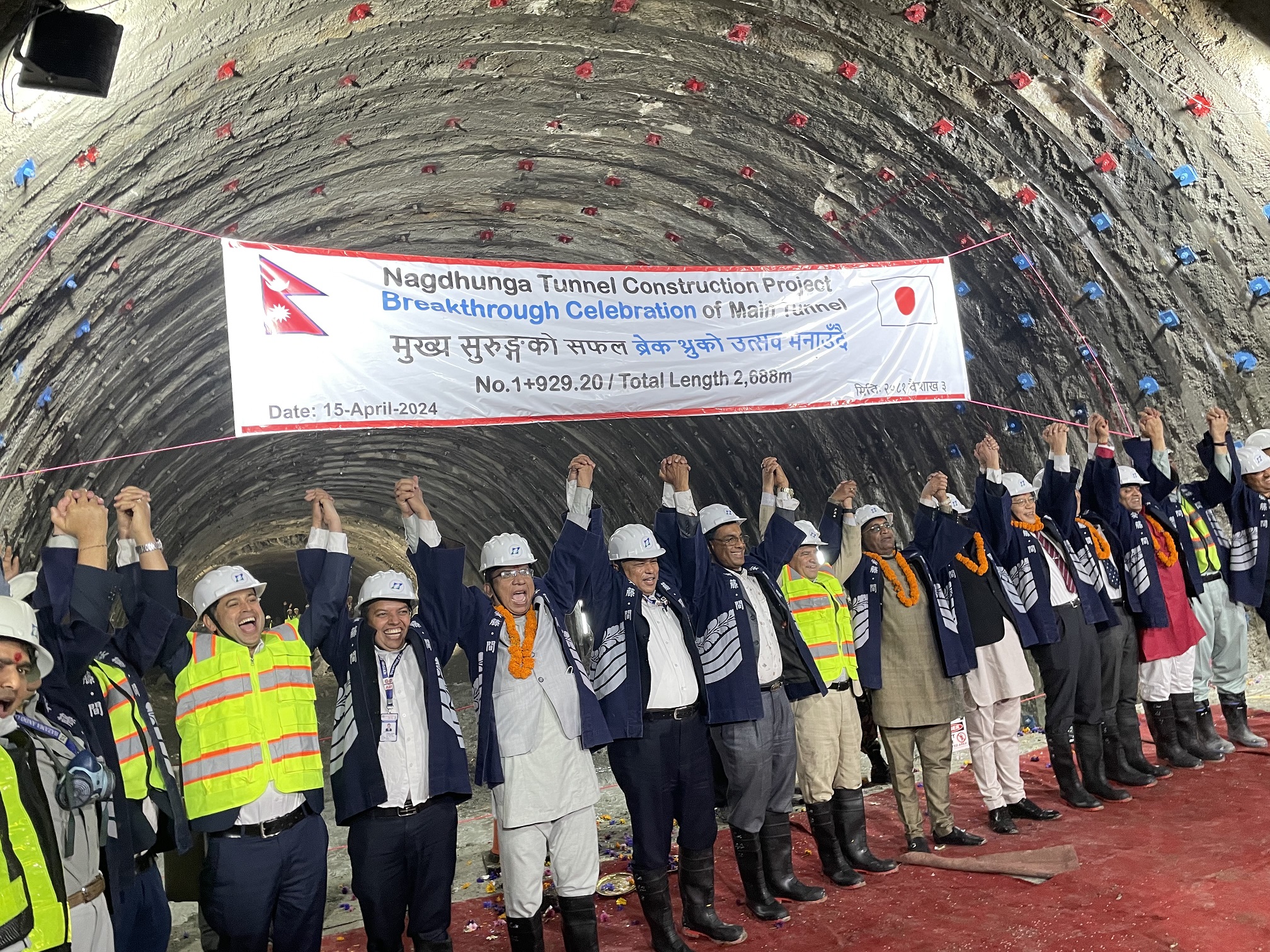
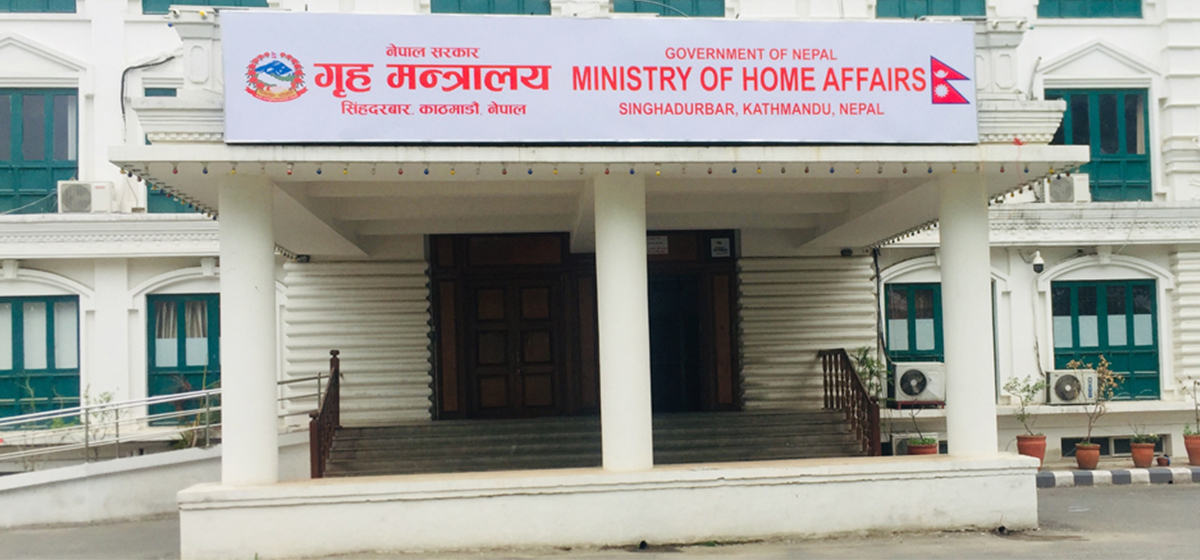





Leave A Comment